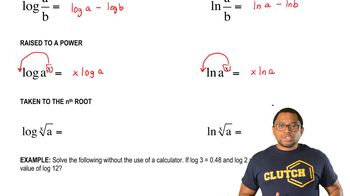Here are the essential concepts you must grasp in order to answer the question correctly.
Zwitterion Structure
A zwitterion is a molecule that has both positive and negative charges but is overall neutral. In the case of amino acids like glycine, the amino group (-NH3+) carries a positive charge, while the carboxyl group (-COO-) carries a negative charge. This dual charge allows zwitterions to exist in a stable form in solution, particularly at certain pH levels.
Recommended video:
Structural Formula Concept 2
Isoelectric Point (pI)
The isoelectric point (pI) is the pH at which a molecule, such as an amino acid, carries no net electrical charge. For glycine, the pI is 6.0, meaning that at this pH, the positive and negative charges balance out. Understanding the pI is crucial for predicting the charge of glycine at different pH levels, which influences its behavior in biological systems.
Recommended video:
Boiling Point Elevation Concept 1
pH and Charge Relationship
The pH of a solution affects the ionization state of amino acids. At pH values below the pI, glycine will predominantly exist in its protonated form, while at pH values above the pI, it will exist in its deprotonated form. For example, at pH 12.0, glycine will predominantly carry a negative charge due to the deprotonation of the carboxyl group, which is essential for understanding its behavior in different environments.
Recommended video:
Logarithmic Relationships
 Verified step by step guidance
Verified step by step guidance Verified Solution
Verified Solution



 5:16m
5:16m